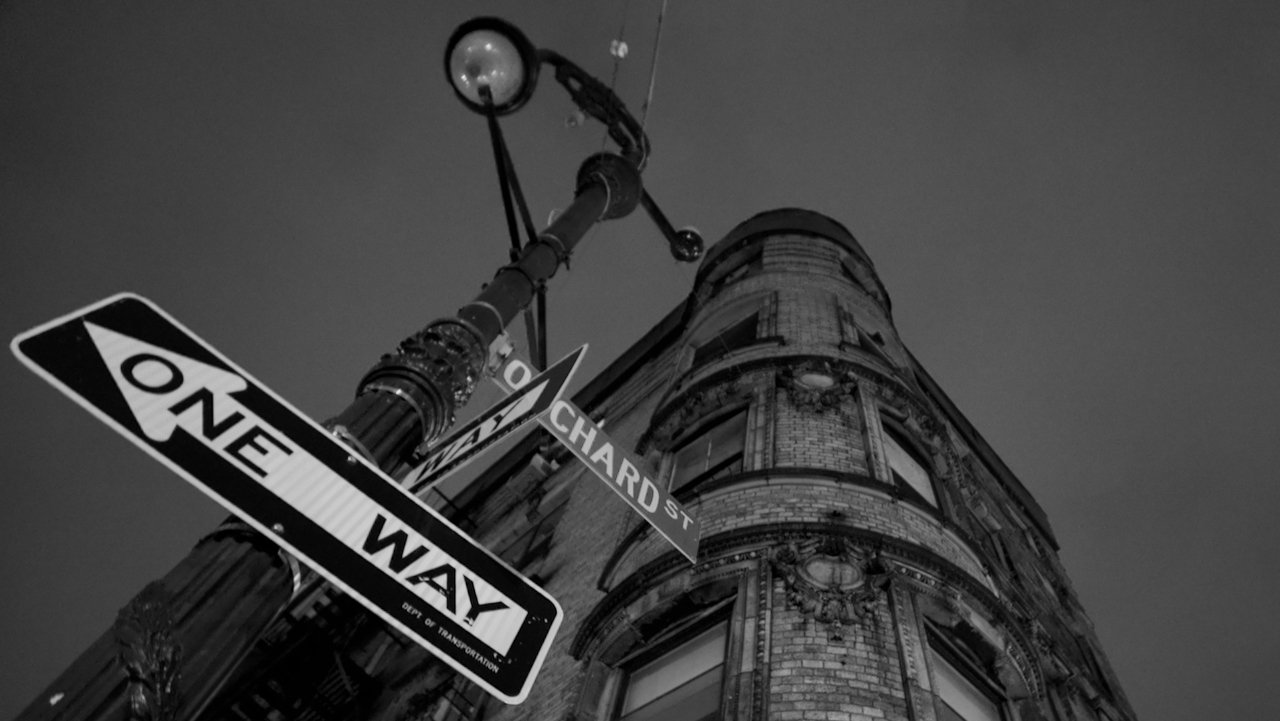Notes on Giving Criticism
If a breathless artist awaits your verdict, some basic principles are available.
New York City 2015
One inadvertent benefit of writing seminars and painting workshops and pretty much any class that involves student feedback is that artists learn how to accept unhelpful criticism. And that’s simply because most people are, unfortunately, atrocious at offering criticism that’s beneficial, especially when the subject is creative. If you talk with artists, you’ll occasionally hear criticism about all this poor criticism, but that shouldn’t be confused with frustration about negative criticism—which is a completely different gripe. What primarily bothers artists, instead, is all the criticism that’s counterproductive, haphazard, needless, impractical, peculiar, distracting, and, in my favorite category, unrelated.
To get past the usual platitudes—that’s nice, that’s interesting, I like that—does require an artist to do a little prodding. Perhaps viewing original artwork makes the moment feel perilous, with some people too uncomfortable and uncertain and unprepared to voice an opinion—even when they appreciate the work. Or perhaps stumbling over an incorrect word is the worry, especially when the art world is perceived as distinct and elite and filled with a mysterious lexicon—who am I to judge? Or perhaps the art is incomprehensible and that confusion triggers unease, which often leads to silence: the worst possible response for an artist. If you want to enrage an artist and cause them to wake in the middle of the night from a cold sweat, don’t critique the work, don’t disparage the technique, don’t toss around insults, just ignore what’s before your eyes and let your unspoken reaction linger like a forgotten subject in a conversation. Incidentally, if you are so inclined, this is also an effective technique for enraging your political opponents.
Some basic principles are still available, however, if a breathless, fidgety artist awaits your verdict. A good starting point is to remember that you were shown the work, so the purpose is to elicit your response. That should be a ridiculous statement—even a tautological one—but too many people have an inclination to project their responses outward. What’s delivered is cultural or social or political, with the viewer inhabiting the persona of artistic business consultant. When a painter reveals a canvas, there’s a prediction about what gallery owners will think; when a writer offers a new story, there’s talk about how the publishing industry will react; when a musician plays a few lines, the conversation turns to local venues. And all of this results in the artist who seeks an emotional reaction as the recipient of conventional business advice. Oh they will like that in the city. Blue is popular this year. All the critics are raving about blue. Now this might be a practical discussion—but it is a separate subject. It is also a subject, I can assure you, that already obsesses the artist. So when an artist does request personal feedback, it is worth beginning with the one response that only you can give.
Explore writing, travel, and literature—with a new issue every Friday.
Yet I would recommend avoiding a common instinct: don’t grab the first comparison that comes to mind. Perhaps this inclination results from laudable if naive intentions, but when a painter hears that a canvas looks just like a Monet or O’Keeffe or Renoir it makes the room feel awkward. Or when a writer scribbles a short story on a napkin and hears that it is reminiscent of Faulkner or Austen or Joyce, the temperature drops a few degrees. Here’s a good rule: if the average person has heard of the artist, don’t use that name as a comparison for your friend’s work. Those references are too monumental, your friend isn’t Nabokov or Beethoven or Kahlo, and, even with those dangerously good intentions, the comparisons make you look foolish and your friend feel awkward.
Nearly all criticism says more about the critic than it does about the artwork, and that will be true of your words, too, but that’s partly the point. It is still prudent to banish any notion of like and dislike—those most tedious and unhelpful words when it comes to feedback—and concentrate on meaningful, precise reactions. What is most effective? What is most unexpected? What is striking? How would you describe the atmosphere? How do the elements coalesce? How would you describe the technique? What confuses you? What did you notice first? You can answer those questions for paintings and songs and stories and films and pretty much anything else that’s creative, and answering them, crucially, demands that you dive into the artist’s intentions and speak about execution.
In Donald Barthelme’s writing seminar at the University at Buffalo, the usual routine involved, so the story goes, picking one student story and having that student read it aloud. Barthelme would then scrutinize each paper line-by-line, insisting on a sole question that never lost its thrust, is this line effective? It is a question that concentrates on technique and demands a response that corresponds to the writer’s story—while ignoring the pitfalls of criticism based on preferences.
Barthelme was a leading postmodern writer at the time, intimidating for many students, but his question worked for romantic poetry and realistic fiction and even narrative essays, and his students soon realized that they never once learned what he liked. Each story creates its own world—and his test addressed whether the writer conformed to the intrinsic aspects of that world, whether a particular paragraph or line or word best served the story. Although this seems like an obvious teaching method, the discipline and ruthlessness of underscoring effects instead of preferences is a worthwhile start for anybody who offers criticism.
And this method of dissection also sidesteps a typical calamity—it concentrates on the sentences on the page and avoids speculating about potential changes, especially because a principle of caution is warranted when it comes to offering creative suggestions. Forty years ago the novelist and screenwriter William Goldman declared that “nobody knows anything” in Hollywood, and that’s a sentiment that’s still quoted. “Not one person in the entire motion picture field knows for a certainty what's going to work. Every time out it's a guess—and, if you're lucky, an educated one.” Substitute the phrase motion picture field for canvases or novels or songs and nothing else needs to change. To state what is working is perfectly logical, while statements about what will work confront the mystery and elusiveness and opacity of creation—predictions that are more suited for psychics, mystics, and gamblers.
Although artists still have the more difficult problem when it comes to criticism: the goal is to accept what’s useful and dismiss what’s frivolous, but there’s no formula to sift through the muck. Artists can neither blindly dismiss every critical word about their work, as they will miss vital information from astute critics, nor can they blindly accept every critical word, as they will end up embracing every crackpot reactionary who tosses out insults.
The goal is to discover feedback that’s relevant to a project. Any reaction that’s pragmatic and applicable and intriguing can be valuable, while there’s a trap in listening to random desires from the crowd, to feedback that’s not based on the artist’s objectives. And once artists start accepting those reactions, they start trying to improve by deviating from their intentions, they start creating art that’s designed for a particular crowd. This is a false choice: even the artist who finds success with that path just ends up creating art that they dislike. What determines success, in these situations, is the audience rather than the art. The artist is not gathering a likeminded audience that appreciates their work, but is, instead, chasing an audience.
Thus it is an icy posture that’s best situated to ignore all the slurs yet still absorb what’s helpful, though that, it seems, is a rare figure. It is more common for artists to remember every misplaced word, with the typical downtrodden, sullen artist lugging around quite a lengthly list of past slights, which at least has the benefit of occasionally provoking new art.




